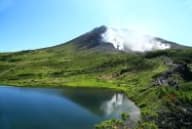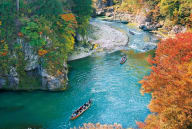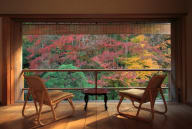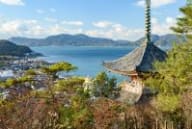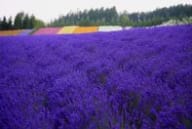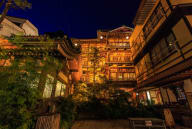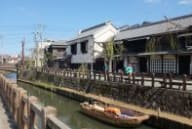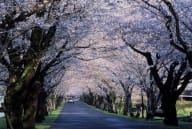-
- 简体中文
- 繁體中文(香港)
- 繁體中文(臺灣)
- India (English)
- Bahasa Indonesia
- 한국어
- ภาษาไทย
- Tiếng Việt
- Singapore (English)
- Philippines (English)
- Malaysia (English)
- Australia/New Zealand (English)
- Français
- Deutsch
- Italiano
- Español
- United Kingdom (English)
- Nordic countries(English)
- Canada (English)
- Canada (Français)
- United States (English)
- Mexico (español)
- Português
- العربية
- Japan(日本語)
- Global (English)
-
Destinations
-
Things to Do
-
Plan Your Trip
-
Articles
- JAPAN Monthly Web Magazine
- Tradition
- Arts & Cultures
- Cuisine
- Nature & Outdoor
- Shopping
- Relaxation
- Festivals & Events
- All
- Insider Blog
- Things to do
- Local Guides
- Outdoor
- Food & drink
- City life
- Culture
- Traditional
- Adventure
- Consumer
- All
Use the
Planning a Trip to Japan?
Share your travel photos with us by hashtagging your images with #visitjapanjp
Hokuriku Shinetsu and Tokai
A 4-Day Satoyama Experience in the Hokuriku Shinetsu and Tokai Regions
Co-existence

Satoyama refers to the landscapes between villages and wilderness where people have long lived in balance with nature. This four-day journey through the Hokuriku Shinetsu and Tokai regions of Japan introduces the satoyama lifestyle through farm stays, folk traditions, forest walks, and local food culture. The concept of satoyama embodies the GREEN×EXPO 2027 subtheme of Co-existence, offering insights into how agrarian traditions can guide sustainable living today.
Day 1: Farmstays in Ishikawa
Take a train to Tokyo and fly from Haneda Airport to Noto Airport in Ishikawa Prefecture. From there, drive about 15 minutes to Shunran-no-sato in Noto. Here, guests stay in one of over 40 traditional guesthouses and can participate in hands-on seasonal activities such as rice planting, mushroom foraging, charcoal making, and communal dining around a sunken hearth.
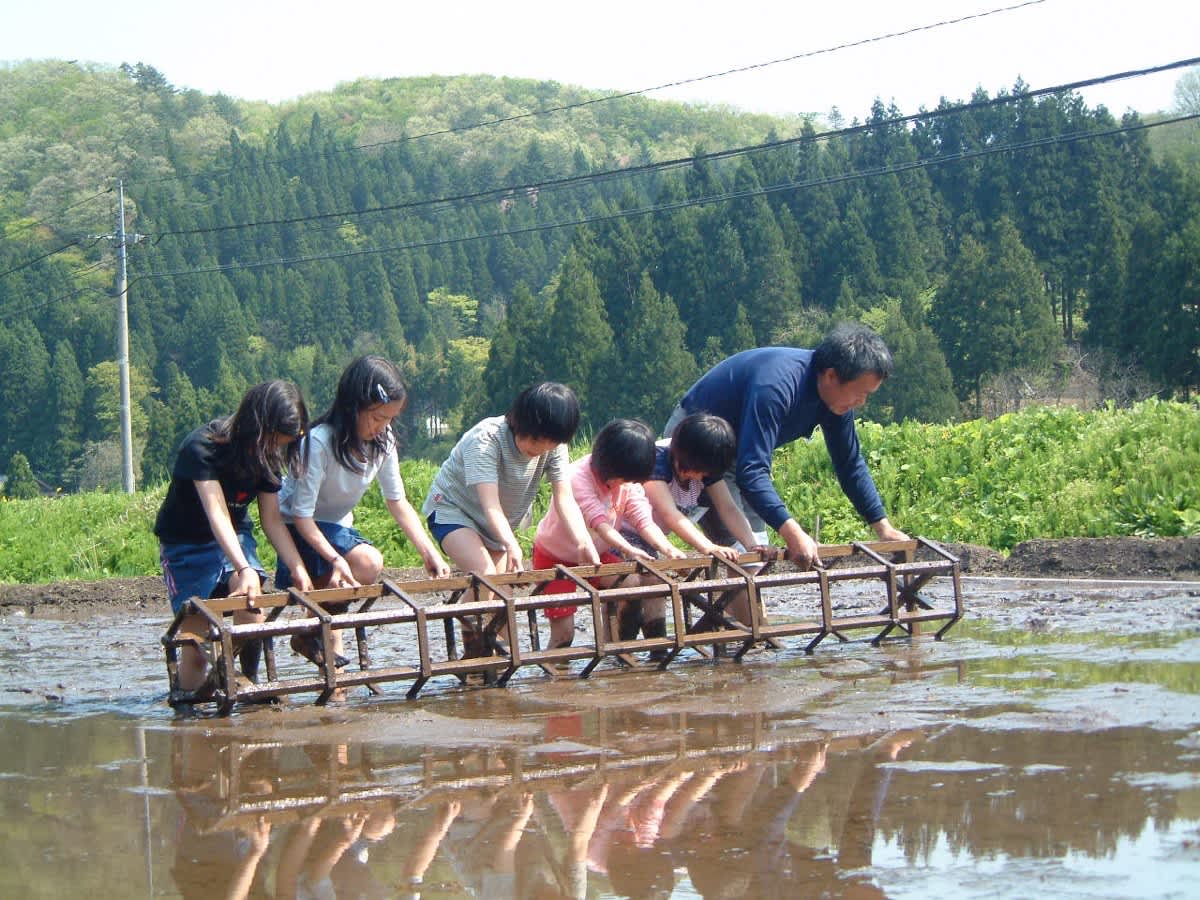
Day 2: Explore traditional mountain life in Gifu
Begin the day traveling about 3 hours by car to Hida Folk Village (Hida no Sato), an open-air museum of gassho-zukuri farmhouses, buildings with steep thatched roofs adapted for the region’s heavy snowfall. There are workshops on-site to learn about mountain farming and traditional crafts.

End the day with an overnight stay in the Hida Takayama area, taking the time to explore its onsen and mountain views.
Day 3: Forest therapy and gourmet tours in Nagano
Drive to Nabekura Kogen in Iiyama, Nagano Prefecture, where there are forest therapy programs for guests to reconnect with nature through mindful walking and quiet reflection among the trees.
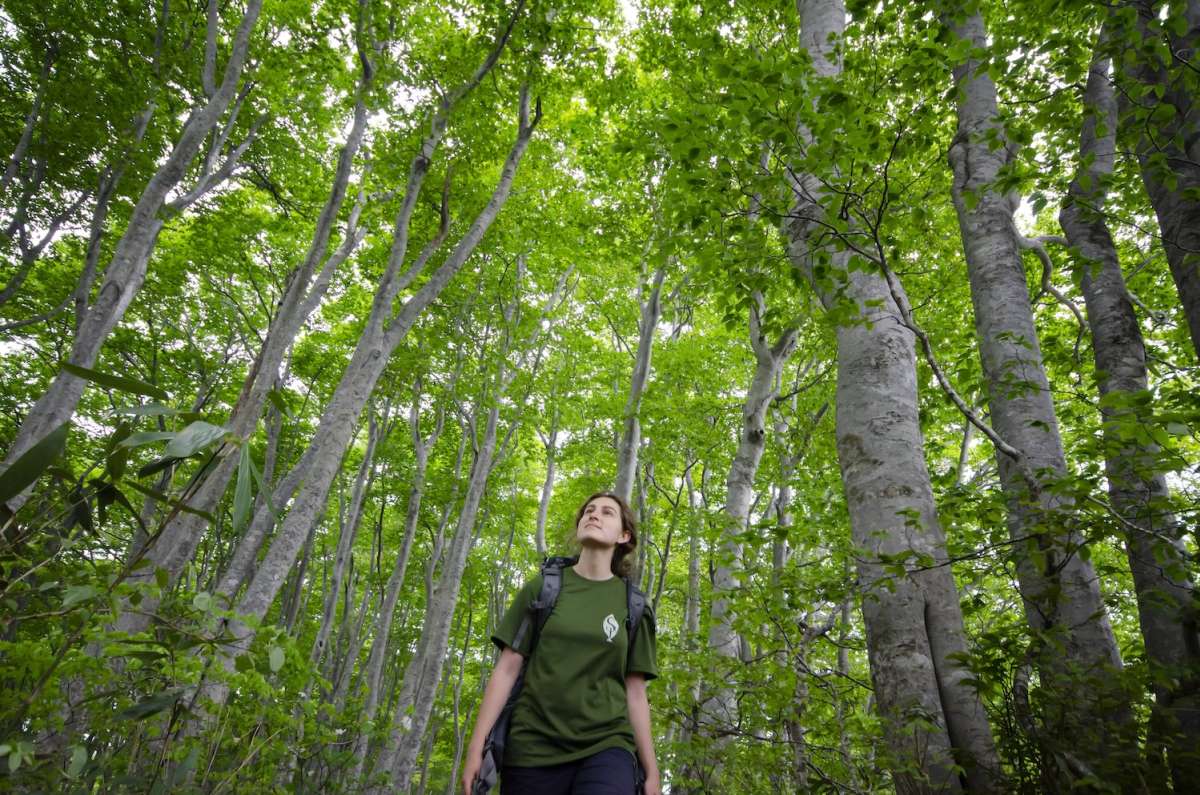
In Matsukawa, join the Orchard Gourmet Adventure Tour, a two-day farm-to-table experience that focuses on locality, seasonality, and sustainability through seasonal eating and learning.
Day 4: Travel through historic post towns in Nagano
Conclude the journey in Magome, one of the best-preserved post towns along the historic Nakasendo route that once connected Edo (now Tokyo) and Kyoto through the mountains of central Japan.
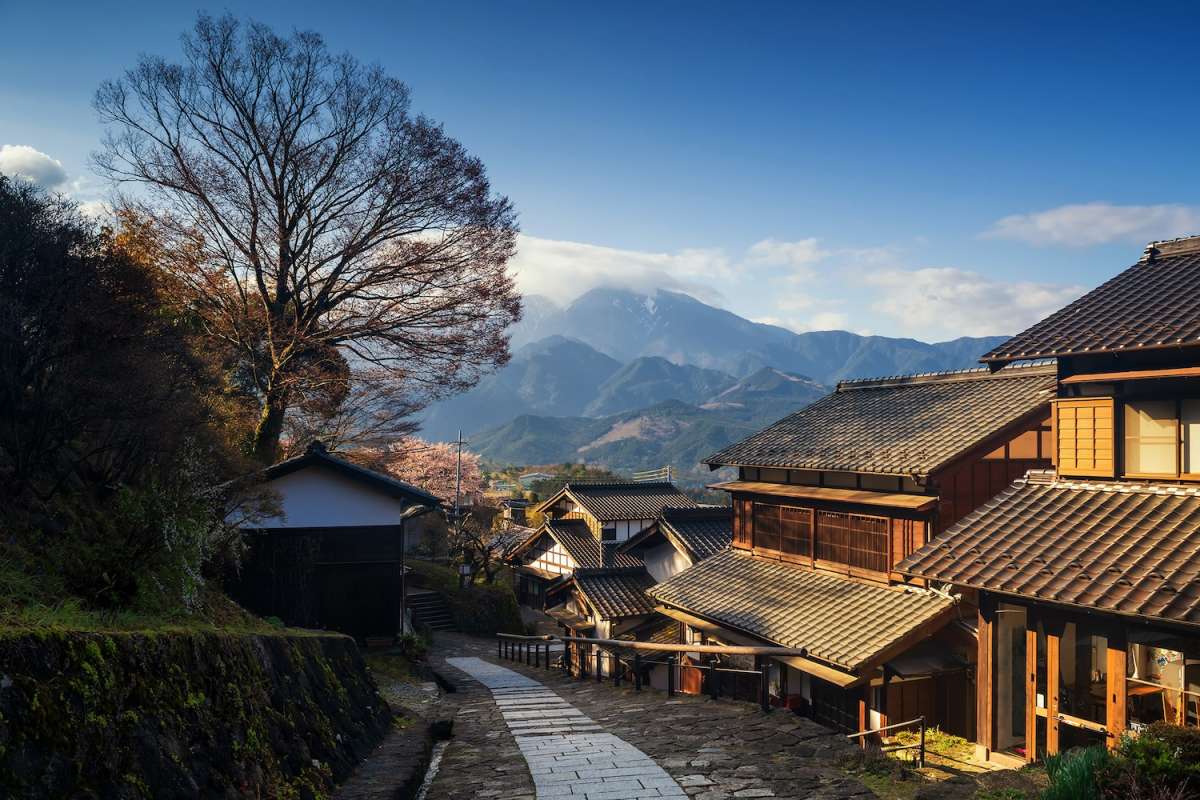
Wandering through the streets, visitors can find shops selling local crafts and sweets, as well as several teahouses and inns to rest, just as weary travelers did centuries ago. Its hiking trails now afford forest walks under cedar and cypress, connecting history and nature in a setting where human presence has long adapted to the mountain landscape.
You May Also Like


©Expo 2027
- Home
- Green Expo 2027
- Model Courses
- A 4-Day Satoyama Experience in the Hokuriku Shinetsu and Tokai Regions
















